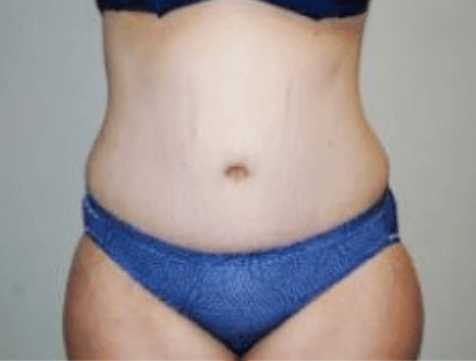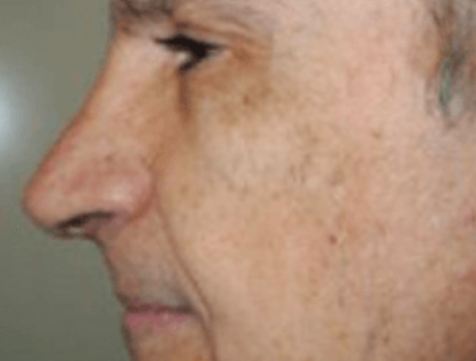Contents
- 1 How Often Should You Get Botox Injections?
- 2 Understanding Botox Mechanism and Effects
- 3 Factors Influencing Botox Frequency
- 4 Recommended Botox Schedule and Treatment Plan
- 5 Signs Indicating the Need for Botox Refresher
- 6 Maintaining Long-Term Results and Enhancing Botox Efficacy
- 7 Schedule Your Botox Consultation Today!
- 8 FAQs
How Often Should You Get Botox Injections?
Botox injections have revolutionized the field of cosmetic dermatology, offering a non-invasive solution for reducing the appearance of wrinkles and achieving a more youthful appearance. However, determining the ideal frequency for Botox treatments can be complex and requires consideration of various factors. In this comprehensive guide, we’ll delve into the intricacies of Botox frequency, providing you with in-depth insights to help you make informed decisions about your cosmetic journey.
Understanding Botox Mechanism and Effects
Before delving into the frequency of Botox injections, it’s crucial to understand how Botox works and its effects on the skin. Botox, derived from the bacterium Clostridium botulinum, functions as a neurotoxin that temporarily paralyzes muscle activity when injected into specific facial muscles. By blocking nerve signals to targeted muscles, Botox prevents muscle contractions that cause wrinkles, resulting in smoother, rejuvenated skin.
Factors Influencing Botox Frequency
Several factors contribute to determining how often an individual should receive Botox injections:
- Age and Skin Condition: Aging affects skin elasticity and the formation of wrinkles. Younger individuals with fewer wrinkles may require less frequent treatments compared to older individuals with more advanced signs of aging.
- Muscle Strength and Activity: The strength and activity of facial muscles vary among individuals. Those with stronger muscle contractions or more dynamic facial expressions may require more frequent Botox injections to maintain results.
- Metabolism and Botox Metabolization: Metabolism plays a role in how quickly the body processes and metabolizes Botox. Individuals with faster metabolisms may experience more rapid Botox breakdown, necessitating more frequent treatments to sustain results.
- Treatment Area and Wrinkle Severity: Different areas of the face may respond differently to Botox injections, and the severity of wrinkles in each area may influence the recommended treatment frequency. Areas with deeper wrinkles or more pronounced muscle activity may require more frequent touch-ups.
- Individual Aesthetic Goals: Each patient has unique aesthetic goals and preferences regarding their desired appearance. Some individuals may prioritize subtle, natural-looking results and opt for less frequent treatments, while others may prefer more regular injections for maximum wrinkle reduction.
Recommended Botox Schedule and Treatment Plan
While there is no one-size-fits-all answer to how often you should get Botox injections, a general guideline is to schedule treatments every 3-4 months. However, the optimal treatment frequency varies depending on individual factors and preferences. During an initial consultation with a qualified healthcare provider, your specific needs, skin condition, and aesthetic goals will be evaluated to develop a personalized treatment plan tailored to achieve the best possible results.
Signs Indicating the Need for Botox Refresher
Monitoring your skin and facial expressions can help you identify when it’s time for a Botox touch-up. Some common signs that indicate the need for a Botox refresher include:
- Return of Wrinkles and Fine Lines: As the effects of Botox wear off, wrinkles and fine lines may gradually reappear in treated areas, signaling the need for another injection.
- Increased Muscle Movement: When you notice increased muscle movement or the return of facial expressions that were previously inhibited by Botox, it may be time for a follow-up treatment.
- Loss of Smoothness and Firmness: The smooth, rejuvenated appearance achieved after Botox injections may diminish over time, with skin gradually reverting to its pre-treatment condition.
Maintaining Long-Term Results and Enhancing Botox Efficacy
To prolong the results of your Botox treatments and optimize your overall facial rejuvenation, consider the following strategies:
- Consistent Follow-up Appointments: Adhering to your recommended treatment schedule ensures that you maintain optimal results and prevent the recurrence of wrinkles.
- Sun Protection: Protecting your skin from harmful UV rays with sunscreen and sun-protective clothing helps prevent premature aging and preserves the effectiveness of Botox injections.
- Skincare Routine: Incorporating a comprehensive skincare regimen that includes moisturizers, serums, and other anti-aging products can complement the effects of Botox and promote healthier, more youthful-looking skin.
- Healthy Lifestyle Habits: Adopting a healthy lifestyle that includes regular exercise, a balanced diet, adequate hydration, and avoidance of smoking can contribute to overall skin health and enhance the longevity of Botox results.
Schedule Your Botox Consultation Today!
Ready to explore the benefits of Botox injections and determine the optimal treatment frequency for your unique needs? Schedule a consultation with Dr. Amy Bandy, a qualified healthcare provider specializing in plastic surgery and cosmetic procedures. Our experienced team is here to assist you in achieving your aesthetic goals. Contact our office at 949-998-3616 today and take the first step toward rejuvenating your appearance.
FAQs
How painful are Botox injections?
While individual pain tolerance varies, most patients describe the sensation of Botox injections as minimal discomfort or a slight pinching sensation. Topical numbing cream can be applied before the procedure to minimize any discomfort.
Is it safe to get Botox injections during pregnancy or while breastfeeding?
As a precautionary measure, it is not recommended to undergo Botox treatments while pregnant or breastfeeding due to potential risks to the developing fetus or infant.
What are the potential side effects of Botox injections?
While rare, potential side effects of Botox injections may include temporary bruising, swelling, redness, or mild headache at the injection site. These side effects typically resolve within a few days.
How soon will I see results after receiving Botox injections?
While individual response times may vary, most patients begin to notice improvement within a few days after treatment, with full results typically visible within 1-2 weeks.
Can Botox be combined with other cosmetic procedures?
Yes, Botox can be safely combined with other cosmetic procedures such as dermal fillers, laser skin resurfacing, or chemical peels to achieve comprehensive facial rejuvenation and address multiple aesthetic concerns simultaneously.













